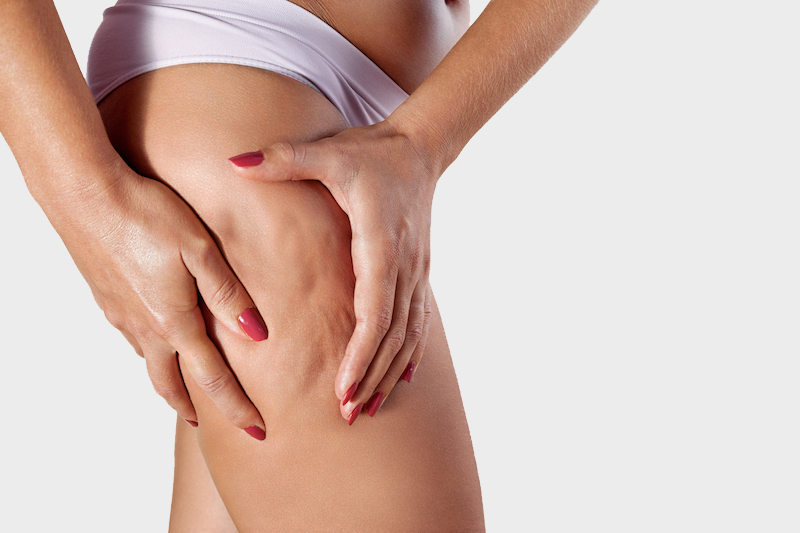
Cellulite, a skin condition that gives an “orange peel” appearance with dimples, is a major concern for many people. Although it is completely harmless from a medical point of view, its aesthetic impact can significantly affect self-confidence. Cellulite results from the accumulation of fat deposits under the skin, creating an uneven texture. Despite common beliefs, cellulite can affect anyone, regardless of body size. However, it is more common in women due to structural differences in the distribution of fat, muscle, and connective tissue.
To understand how to eliminate cellulite, it is crucial to grasp its nature and the factors that contribute to its appearance. This article aims to examine the mechanisms of cellulite, identify its different forms, and present the most effective anti-cellulite care options available in aesthetic medicine. From traditional manual techniques like Renata massage and palpating-rolling to innovative procedures such as EMTONE®, we explore the most promising solutions to reduce the appearance of cellulite and restore self-confidence
Cellulite, commonly called “orange peel” due to its dimpled and uneven appearance, is a skin condition. It affects the majority of women and a small proportion of men at different stages of their lives. It is an aesthetic phenomenon, not a disease, characterized by the accumulation of fat deposits under the skin, giving a dimpled or wavy appearance primarily on the thighs, buttocks, abdomen, and arms.
This condition results from a complex process related to the very structure of the subcutaneous connective tissue and the distribution and storage of fat in the body. In women, the connective tissue, mainly composed of collagen, is arranged vertically (in columns), facilitating the expansion of fat cells between these columns, which can lead to the characteristic appearance of cellulite. In men, this tissue is organized in a tighter, cross-linked pattern, making cellulite less likely to appear.
The formation of cellulite is influenced by many factors, including hormonal changes, diet, physical activity level, genetics, and lifestyle. Hormones play a significant role in the development of cellulite, with periods such as puberty, pregnancy, and menopause, during which hormonal fluctuations can promote fat accumulation and alter the structure of connective tissue.
Although cellulite is a completely normal and harmless condition, it is often a source of embarrassment and dissatisfaction for those who suffer from it, motivating the search for effective treatments to reduce its appearance. Aesthetic medicine today offers a variety of solutions to treat cellulite, ranging from non-invasive methods to more advanced procedures, each aiming to beautify the skin’s appearance and restore patients’ self-confidence
Cellulite, often seen as a major aesthetic concern, results from a complex set of factors. Understanding it thoroughly is essential to identifying the best treatments
Hormonal Factors Hormones play a major role in the development of cellulite. Estrogen, in particular, is often blamed for its involvement in increasing body fat and water retention, two factors contributing to the appearance of cellulite. Additionally, periods of significant hormonal changes, such as puberty, pregnancy, and menopause, are associated with an increased prevalence of cellulite in women, highlighting the influence of hormonal fluctuations on its formation.
Lifestyle Lifestyle significantly influences the presence and severity of cellulite. A diet high in fats, sugar, and salt can promote fat storage and water retention, exacerbating the appearance of cellulite. Similarly, a lack of physical activity contributes to poor blood and lymphatic circulation, hindering the elimination of toxins and promoting fat accumulation in cells. Smoking and excessive alcohol consumption are also aggravating factors, damaging skin elasticity and connective tissue health.
Genetic Factors Genetics play a considerable role in susceptibility to developing cellulite. The structure of the skin and fat distribution are partly inherited, determining how easily cellulite can appear. Some people are genetically predisposed to have a larger number of fat cells or a connective tissue structure that favors cellulite formation, making it more challenging to fight.
Dehydration Dehydration can affect the skin’s elasticity and firmness, making cellulite more visible. Adequate hydration is essential to maintain smooth skin and reduce the appearance of dimples. Water helps transport essential nutrients to cells, supports circulation, and promotes toxin elimination, key factors in preventing and managing cellulite.
Tight Clothing Wearing tight clothing can hinder blood and lymphatic circulation, contributing to toxin accumulation and the appearance of cellulite. It is advisable to wear comfortable clothing that does not restrict circulation to help prevent cellulite formation.
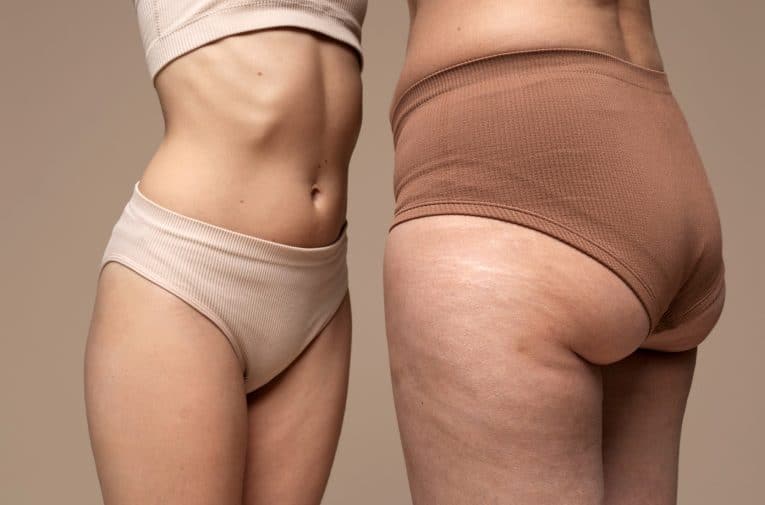
Cellulite can present in three main forms, each with specific characteristics and underlying factors :
Fat cellulite is due to excess fat in fat cells. It is soft to the touch and often less painful. This type of cellulite typically appears in people with excess weight but can also appear in individuals of normal weight. It is often located on the thighs, buttocks, and sometimes the arms
Water cellulite is related to venous and lymphatic circulation problems, leading to water retention in the legs. It gives the skin a swollen appearance and can be sensitive to touch. This form of cellulite is more common in people who stand or sit for long periods, exacerbating circulation issues
Fibrous cellulite is hard and painful to the touch. It forms over a long period and is characterized by collagen fibers forming around fat cells, making the skin stiff and hard. This type of embedded cellulite is the most challenging to treat due to its chronicity and density.
Often, cellulite type can be mixed, meaning both fat and water cellulite can be present. This necessitates treating both issues. The appearance of cellulite can worsen with skin laxity due to weight fluctuations, hormonal imbalances, or menopause. It is essential to identify it to address the loss of skin elasticity
Cellulite generally evolves through several stages, each reflecting a progression in the severity and visibility of the condition:
Stage 1: No visible cellulite when standing or lying down. Signs may only be observed under pressure or pinching of the skin.
Stage 2: Cellulite is visible when standing but disappears when lying down.
Stage 3: Cellulite is visible whether standing or lying down. The skin permanently has an uneven, wavy texture.
Stage 4: This stage, often considered the most advanced, features deeply embedded cellulite with hard, painful nodules, and the skin becomes more rigid with a highly wavy appearance.
Understanding the types of cellulite and its developmental stages is crucial for choosing the most effective treatment. The goal is to offer each person personalized solutions that meet their specific needs, whether it involves non-invasive treatments like massage or more intensive procedures like medical technologies based on radiofrequency, shock waves, and ultrasound. A precise diagnosis followed by a well-planned treatment strategy can significantly improve skin appearance and, consequently, quality of life
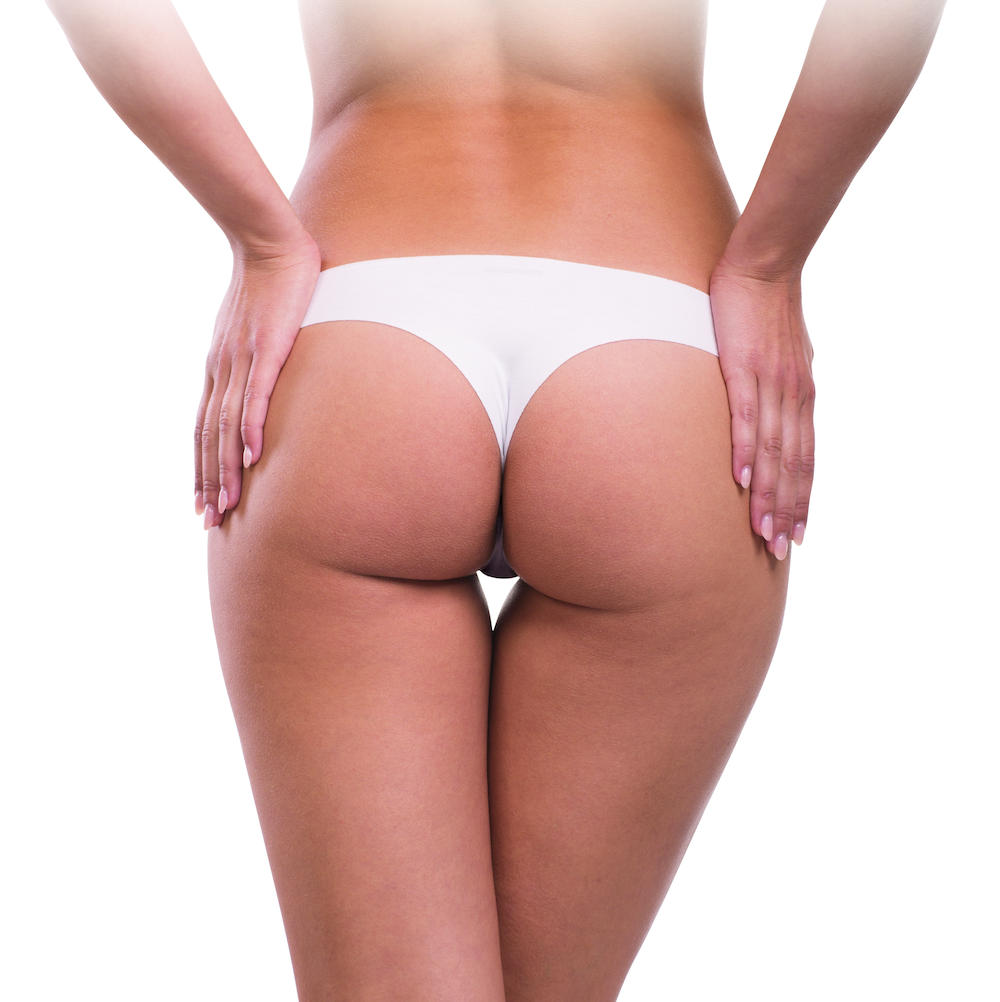
Palpate-roll is an anti-cellulite massage technique aimed at stimulating blood and lymphatic circulation while promoting toxin elimination and reducing fat deposits.
A qualified therapist uses their hands to apply firm pressure to the skin, grabbing and pinching the skin and subcutaneous tissues, then rolling them between their fingers. This mechanical action helps break the collagen fibers surrounding fat cells, facilitating their breakdown and natural elimination.
Palpating-rolling stimulates blood and lymphatic circulation in the treated areas, essential for toxin elimination and its draining action.
By breaking collagen fibers and reducing fat deposits, this technique can significantly diminish the appearance of cellulite.
This firming massage also stimulates collagen and elastin production, contributing to increased skin firmness and elasticity.
Palpating-rolling usually requires several sessions to observe significant results. The frequency and number of sessions depend on the extent and severity of cellulite and the patient’s individual goals. While some people may see improvements after just a few sessions, regular anti-cellulite care is recommended to maintain results
This specialized drainage technique has gained popularity due to its promising results in improving the appearance of cellulite-affected skin.
It combines deep kneading movements, pressure, and drainage to target areas where cellulite is particularly present, such as the thighs, buttocks, legs, and hips. This type of massage aims to stimulate blood and lymphatic circulation, facilitating fat breakdown and toxin elimination.
The kneading movements relax and soften tissues, helping to break adhesions and smooth the skin’s appearance. There is a slimming and firming action on the skin.
Firm pressures are applied to stimulate deep areas, enhancing circulation in regions where cellulite is accumulated and embedded.
Beyond its aesthetic benefits, this massage also provides a sense of relaxation and well-being, helping to reduce stress.
It is generally recommended to undergo several sessions for optimal results. The exact number of sessions may vary depending on the extent of cellulite and individual goals.
More on Renata massage
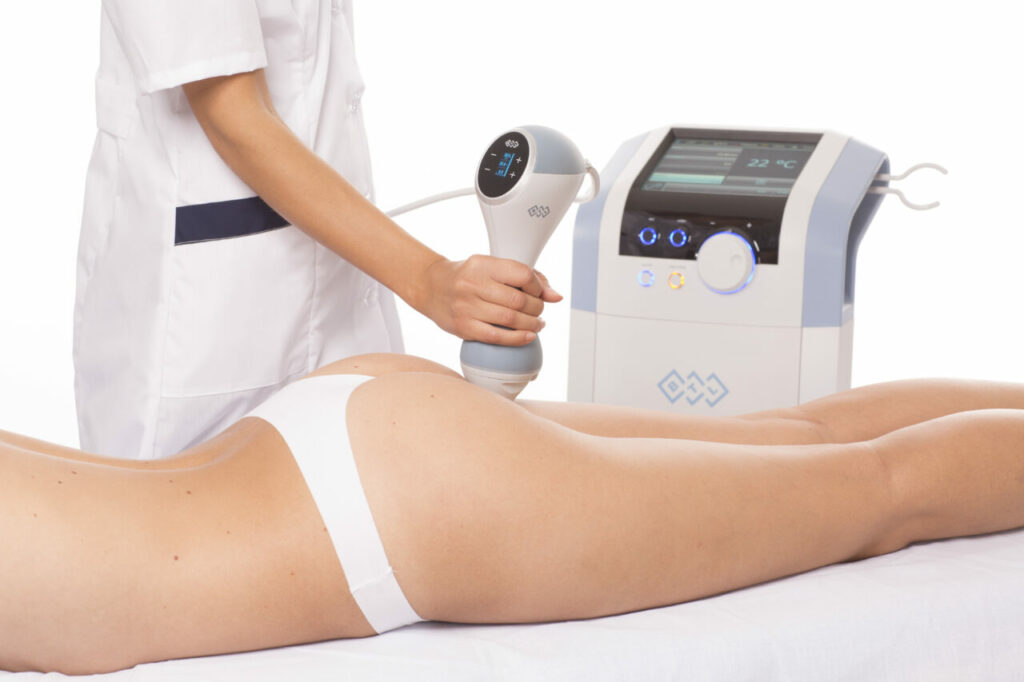
La lutte contre la cellulite a connu une révolution grâce à l’EMTONE®, un traitement novateur qui combine les ondes de choc et la radiofréquence. Cette technologie avancée est reconnue pour sa capacité à traiter efficacement tous les types de cellulite, offrant ainsi une solution complète pour ceux qui souhaitent améliorer l’aspect de leur peau.en ciblant et traitant de manière optimale les différents aspects de la cellulite, tels que les irrégularités du tissu conjonctif donnant l’aspect capitons de la peau, l’excès de graisse et la mauvaise circulation sanguine et lymphatique.
L’EMTONE® utilise des ondes de choc pour accentuer la microcirculation dans les zones traitées. Cette stimulation aide à briser les structures fibreuses et à régénérer du tissu conjonctif.
Parallèlement, la radiofréquence augmente la température des tissus, augmente la production de collagène et d’élastine et liquéfie les graisses. Les mouvements spécifiques effectuées par le patricien permettent également de stimuler le système lymphatique. .
Effective on all types of cellulite, it is the solution for those seeking to eliminate this aesthetic condition, regardless of its stage. This anti-cellulite treatment is non-invasive, and patients often describe the sessions as comfortable, comparable to a warm massage, regardless of the area, such as thighs, buttocks, arms, or abdomen.
EMTONE® is one of the most powerful treatments on the market, with visible results from the first sessions. The majority of patients observe a significant improvement in their skin texture. Patients can immediately resume their daily activities after a session, which is convenient for active individuals. The recommended number of sessions generally varies between 4 and 6, spaced several days apart, depending on the severity of the cellulite and the desired results.
EMTONE® Represents a Major Advance in Cellulite Management
Offering an integrated approach through this combination of medical techniques, EMTONE® positions itself as a leading solution in the fight against cellulite, allowing many patients to regain confidence in their appearance
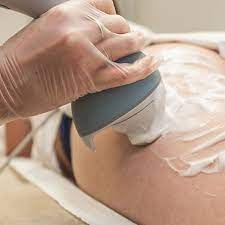
In the battle against cellulite, achieving significant results is a crucial first step, but maintaining these results over the long term is just as essential. Regular follow-up is an often underestimated but crucial aspect to ensure the durability of the improvements achieved. This chapter explores the importance of regular treatments to continuously maintain skin condition.
Cellulite is a condition that evolves over time. Factors such as hormonal changes, weight fluctuations, and aging can all influence the appearance and severity of cellulite. The regularity of anti-cellulite treatments helps counter these influences by maintaining the structure of connective tissue and reducing the accumulation of adipose tissue. Without proper maintenance, the improvements obtained can gradually diminish, and cellulite can reappear or worsen. Regular sessions help prevent this regression, ensuring long-term results.
Regular treatments not only maintain appearance but can also bring continuous improvements. For example, technologies like radiofrequency or shock waves stimulate collagen and elastin production in each session, progressively improving skin elasticity and firmness
The optimal frequency can vary depending on the type of care and the individual characteristics of each patient (age, type of cellulite such as water cellulite, fat cellulite, or fibrous cellulite, lifestyle, etc.). In general, it is recommended to follow these guidelines :
Depending on the chosen method, an initial cycle may include several close sessions (typically 4 to 6 sessions) spaced one or two weeks apart
After the initial cycle, maintenance sessions can be scheduled every 3 to 6 months to consolidate and improve results
A balanced diet rich in fruits, vegetables, and fibers, low in fats and refined sugars, along with regular physical activity, are crucial for reducing the formation of new fat cells and improving circulation and muscle toning
Drinking enough water helps maintain skin elasticity and eliminate toxins
Favor daily walking, maintain muscle mass, and enjoy moving
Conclusion
Regular care is a key factor for long-term success in the fight against cellulite. By following a suitable anti-cellulite program and adopting a healthy lifestyle, it is possible to maintain and even improve the obtained effects, ensuring optimal skin quality with lasting firmness. Continuous partnership with an experienced aesthetic physician is essential to successfully navigate this process and ensure that adopted strategies are personalized and effective
If you enjoyed this article, you might be interested in the following articles:
Everything You Need to Know About Cellulite and Its Treatments in 2024
The Essential Benefits of Regular Physical Activity in Aesthetic Medicine
Comments